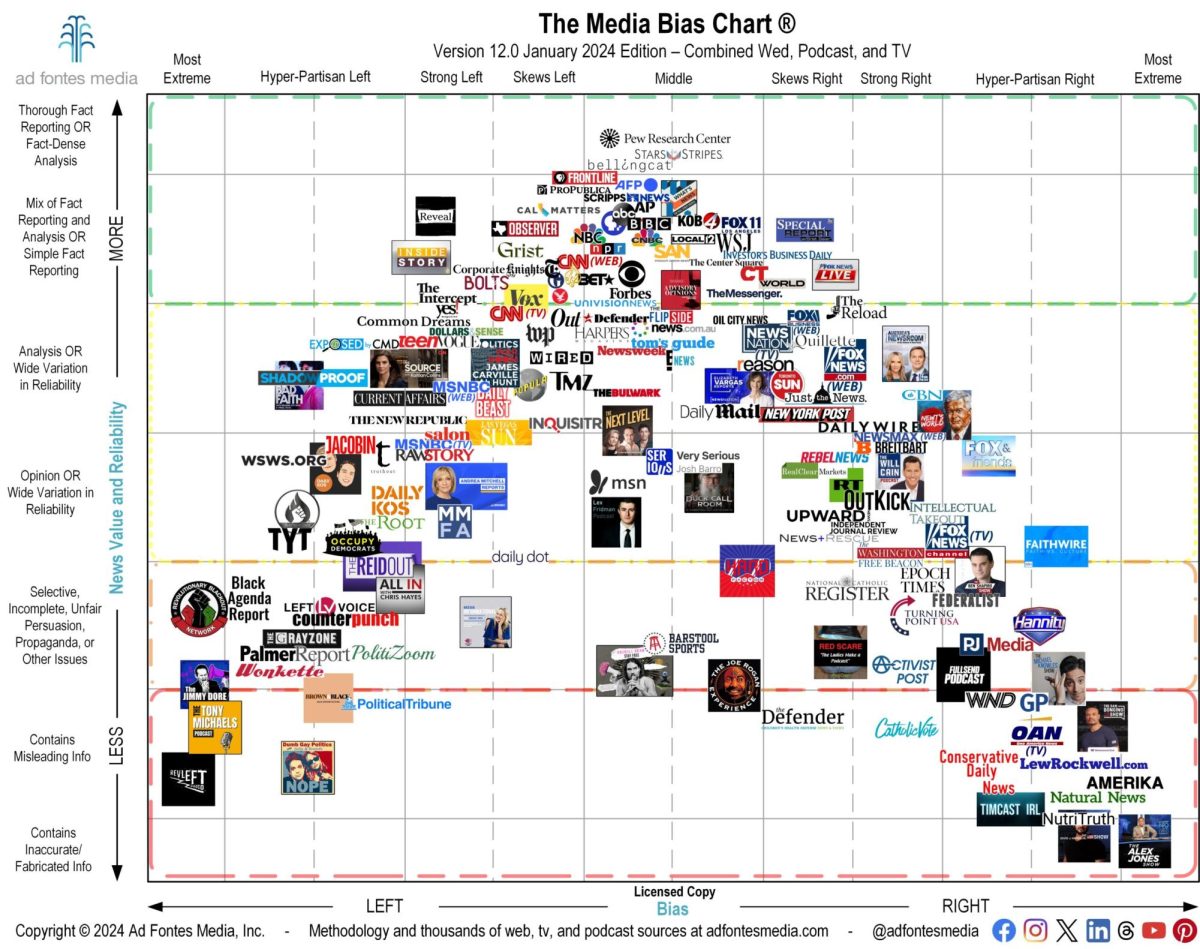The success of the Women’s March on Washington and its sister marches on Jan. 21 has catapulted the world into an ongoing discussion of what it means to be a woman in modern society. Celebrities such as America Ferrera and Scarlett Johansson took to the streets with government officials and citizens alike to draw attention to the feminist movement and its ambitions regarding the inauguration of Donald J. Trump as the 45th President of the United States. The media has consequently followed in an ongoing discussion of the future of feminism; however, to truly understand feminism, you must look back into the history of feminism.
Western feminism has traditionally been categorized into waves that track the progression of the movement as a whole. The first wave of feminism broadened the 19th and 20th centuries over primarily overturning laws regarding women’s suffrage. Second-wave feminism then hit in the 1960s and continued into the 1980s expanding its fight to include issues of gender norms and the role of women in society as a whole. The most modern form of feminism is referred to as the third wave: its goal is to continue to fight for the goals of the second movement. Despite the adaptation of feminism over time, the definition of feminism has never changed.
Because the word “feminism” seems to favor one gender over the other only from its composition, it comes as no surprise that most people think a feminist favors the success of women over the success of men. The word “misogynist” — or a person who hates, dislikes, mistrusts, or mistreats women — also leads people to believe that feminists must hate men, or wish for their downfall. The assumed definition nevertheless goes directly against the actual meaning of the word. According to the Merriam-Webster Dictionary, the primary definition of feminism is the the theory of the political, economic, and social equality of the sexes: the word clearly diverges from its supposed meaning.
Before you condemn or support this movement, make sure to understand its history and true purpose.














